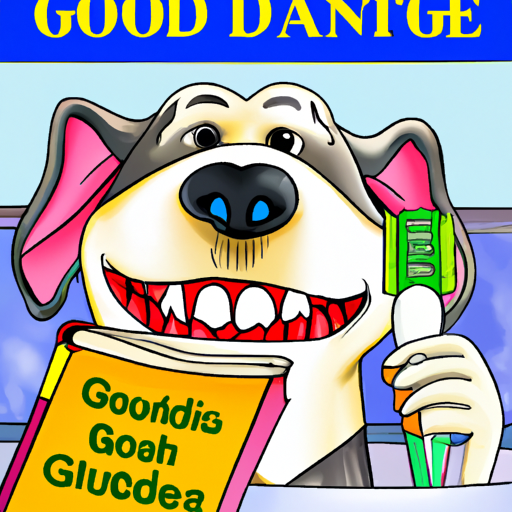As a dog owner, your pet’s health is of paramount importance to you. One common issue that can plague our furry friends is gingivitis, a form of gum disease. If left untreated, it can lead to serious health problems. This guide will provide you with practical tips and suggestions on how to treat gingivitis in dogs at home.
Table of Contents
1. Understanding Canine Gingivitis
2. Recognizing the Symptoms
3. Preventative Measures
4. At-Home Treatments
5. When to Consult a Vet
6. Frequently Asked Questions
Key Takeaways
– Gingivitis can lead to serious health problems in dogs if left untreated.
– Regular dental care is essential in preventing gingivitis.
– There are several at-home remedies that can help treat mild gingivitis.
– It is crucial to consult a vet if symptoms persist or worsen.
Understanding Canine Gingivitis
Gingivitis in dogs is inflammation of the gums caused by the buildup of plaque and tartar. Bacteria thrive in this environment, leading to gum disease. Without treatment, gingivitis can progress to periodontitis, a more severe condition that can result in tooth loss and systemic infection.
Recognizing the Symptoms
Some signs of gingivitis in dogs include red, swollen gums, bad breath, and difficulty eating. In severe cases, you may notice bleeding gums and even loose or missing teeth. It’s essential to catch these symptoms early, as they can indicate more serious problems. OneTopDog offers a helpful guide on dog dental care that can assist you in recognizing these signs.
Preventative Measures
Prevention is always better than cure. Regular dental care can significantly reduce the risk of gingivitis in dogs. This includes brushing your dog’s teeth daily with a dog-friendly toothpaste, providing dental chews, and feeding a balanced diet. This article from the American Veterinary Medical Association offers more advice on maintaining your dog’s overall health.
- Brushing: Brush your dog’s teeth daily using a dog-friendly toothpaste.
- Dental Chews: Dental chews can help remove plaque and tartar.
- Balanced Diet: A balanced diet can help keep your dog’s teeth and gums healthy.
At-Home Treatments
If your dog has mild gingivitis, there are several at-home treatments you can try:
- Coconut Oil: Known for its antimicrobial properties, coconut oil can be added to your dog’s food or used as a toothpaste.
- Chlorhexidine Rinse: This is a vet-recommended oral rinse that can help reduce plaque and soothe inflamed gums.
- Herbal Remedies: Certain herbs, such as turmeric and aloe vera, have anti-inflammatory properties that can soothe inflamed gums.
Always remember to consult your vet before starting any new treatments. For more information on natural remedies for dogs, check out this article.
When to Consult a Vet
While at-home treatments can help with mild gingivitis, it’s important to consult your vet if symptoms persist or worsen. Your vet can provide a proper diagnosis and recommend more advanced treatments if necessary, such as professional dental cleaning or even surgery. Don’t hesitate to seek help even for minor concerns; it’s always better to be safe than sorry.
Frequently Asked Questions
1. Can gingivitis in dogs be cured?
Yes, with early detection and proper treatment, gingivitis in dogs can be completely reversed.
2. Can I use human toothpaste to brush my dog’s teeth?
No, human toothpaste often contains ingredients like fluoride that can be harmful to dogs. Always use a dog-friendly toothpaste.
3. How often should I brush my dog’s teeth?
Ideally, you should aim to brush your dog’s teeth daily.
In conclusion, treating gingivitis in dogs at home is possible with consistent dental care and early detection. Remember, your dog’s health is a shared responsibility between you and your vet. Stay proactive, keep learning, and your dog will thank you with many years of wagging tails and wet kisses. For more tips on dog health and care, check out OneTopDog.



